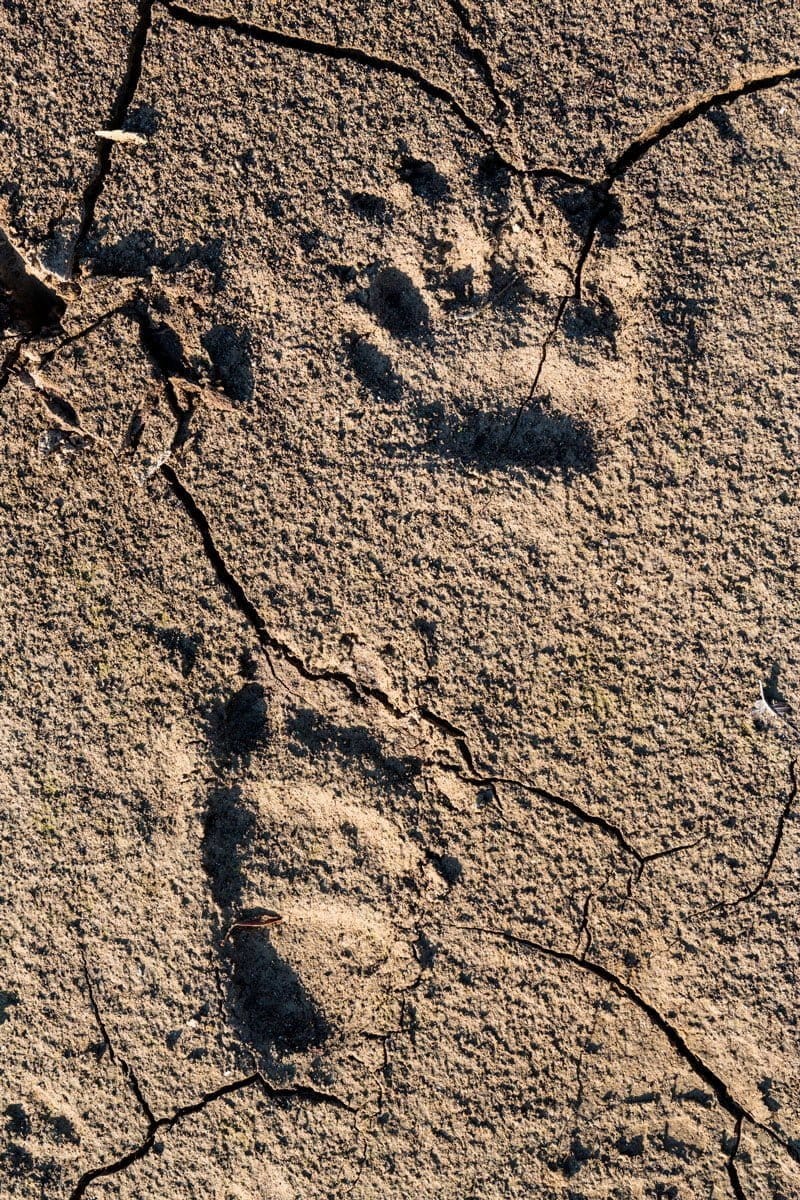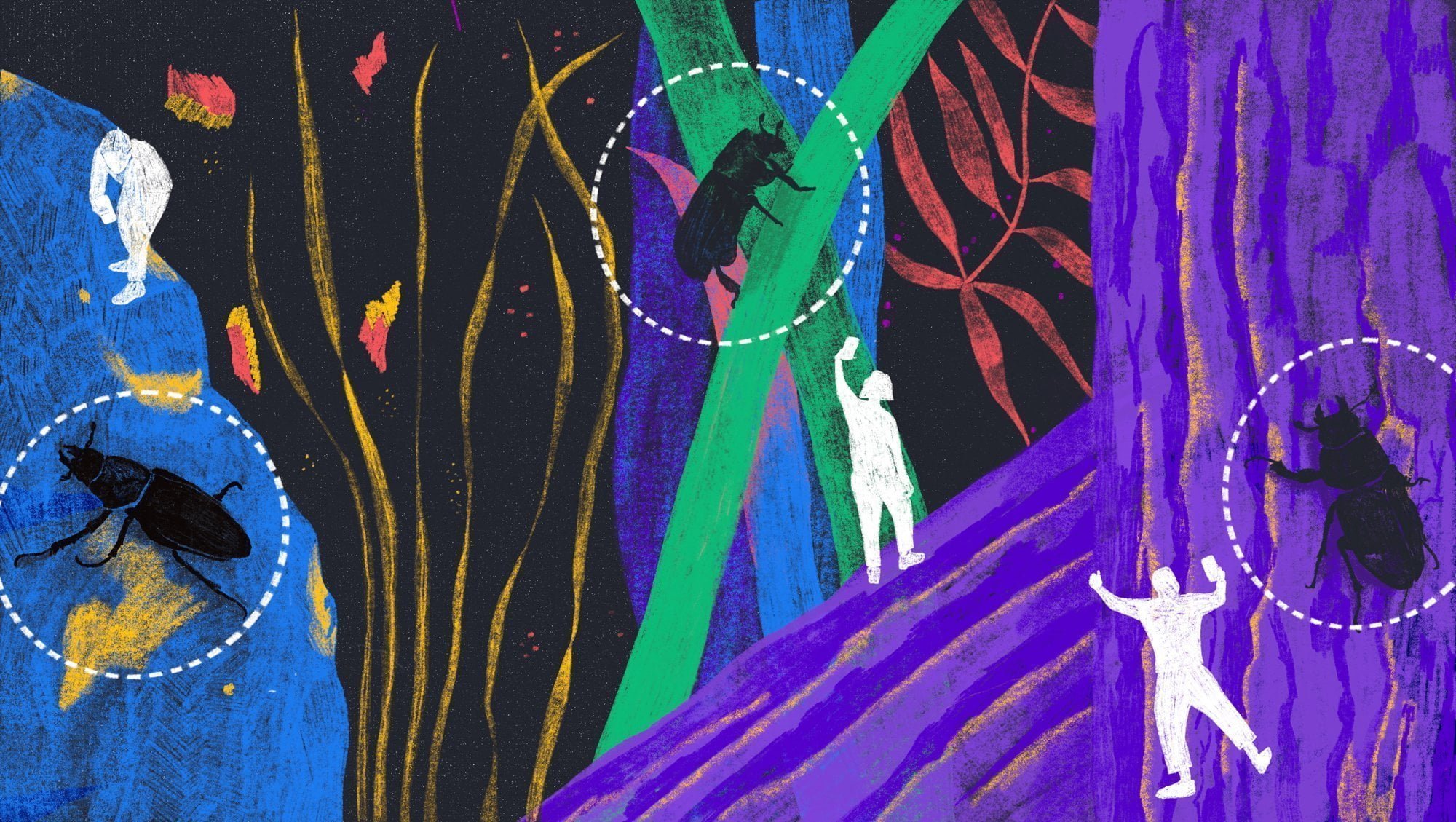Scientists need your help. Become one of an army of online helpers, logging on in their lunch breaks to help experts sort through piles of messy data on plants, wildlife, climate and more.
Claire Stewart was rummaging around in the basement of the environmental records centre where she worked, when she discovered the boxes. Inside were handwritten notes – thousands of them – detailing a century of bird sightings in London.
These boxes had once belonged to the London Natural History Society. Each record had its own personality – small snapshots not only of urban birdlife in the twentieth century, but also of the people who filled their days by scrawling down their sightings. Some cards contained little stories, others were largely factual. There’s a dip in record cards during the Second World War – presumably the blitz was a disincentive to birdwatchers.
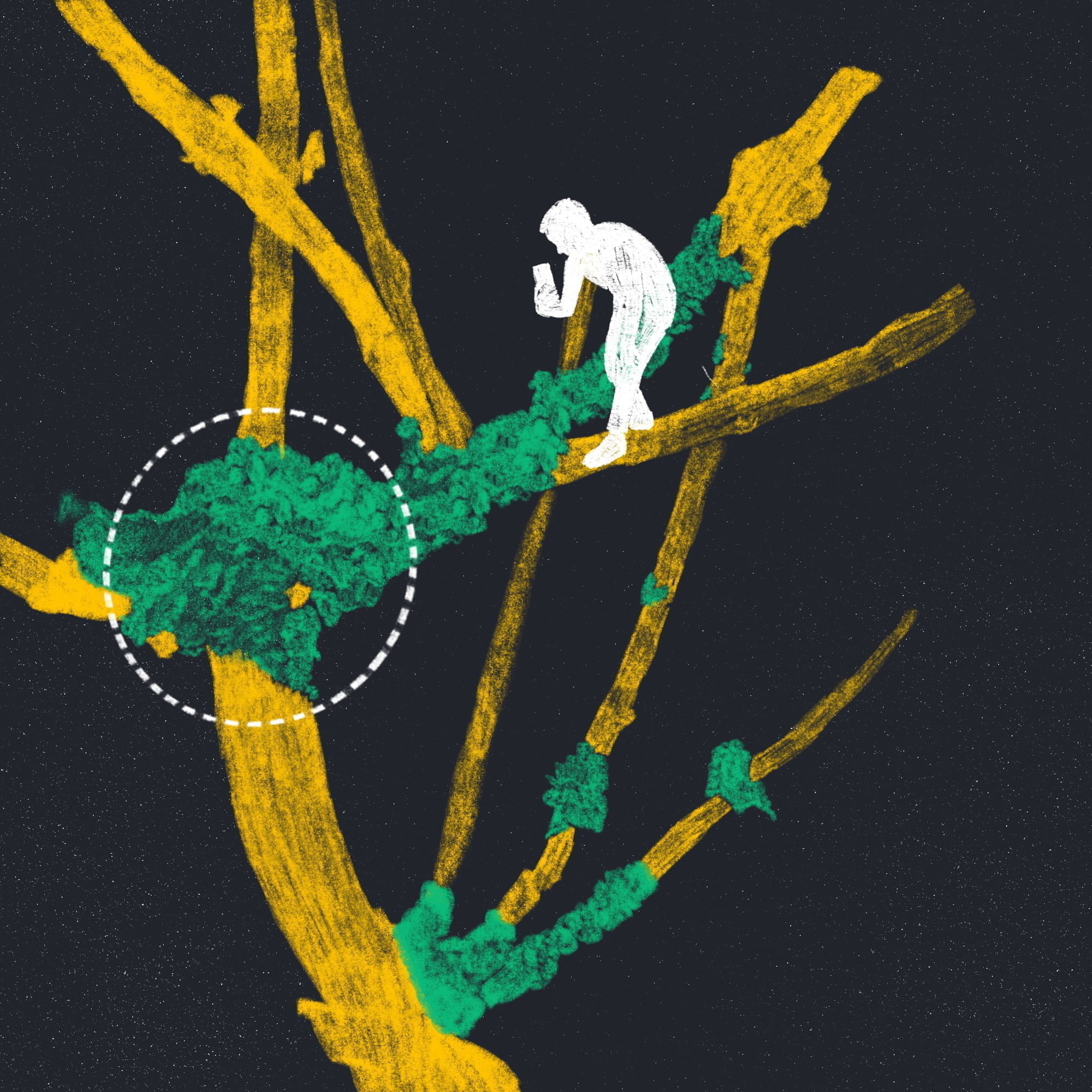
In these old records, Stewart saw an opportunity to tell a potentially valuable story about nature. How have bird populations in the city changed since these records began in the 1890s? And what might that tell us about the changing climate, humans’ impact on the environment, or threats to bird populations today? However, to extract these kinds of insights, the records would need to be digitised. The idiosyncratic handwriting was still beyond the wit of computers, so Stewart had the cards scanned and uploaded to Zooniverse, a web platform for citizen science projects.
Since it was launched in April 2018, the London Bird Records project has attracted almost 3,000 people, who – for no reward other than the satisfaction of doing it – have transcribed the information from thousands of the cards. The volunteers, says Stewart, come from all walks of life.
“It’s nice to know that this is inspiring kids to get more interested in nature and wildlife”
Claire Stewart
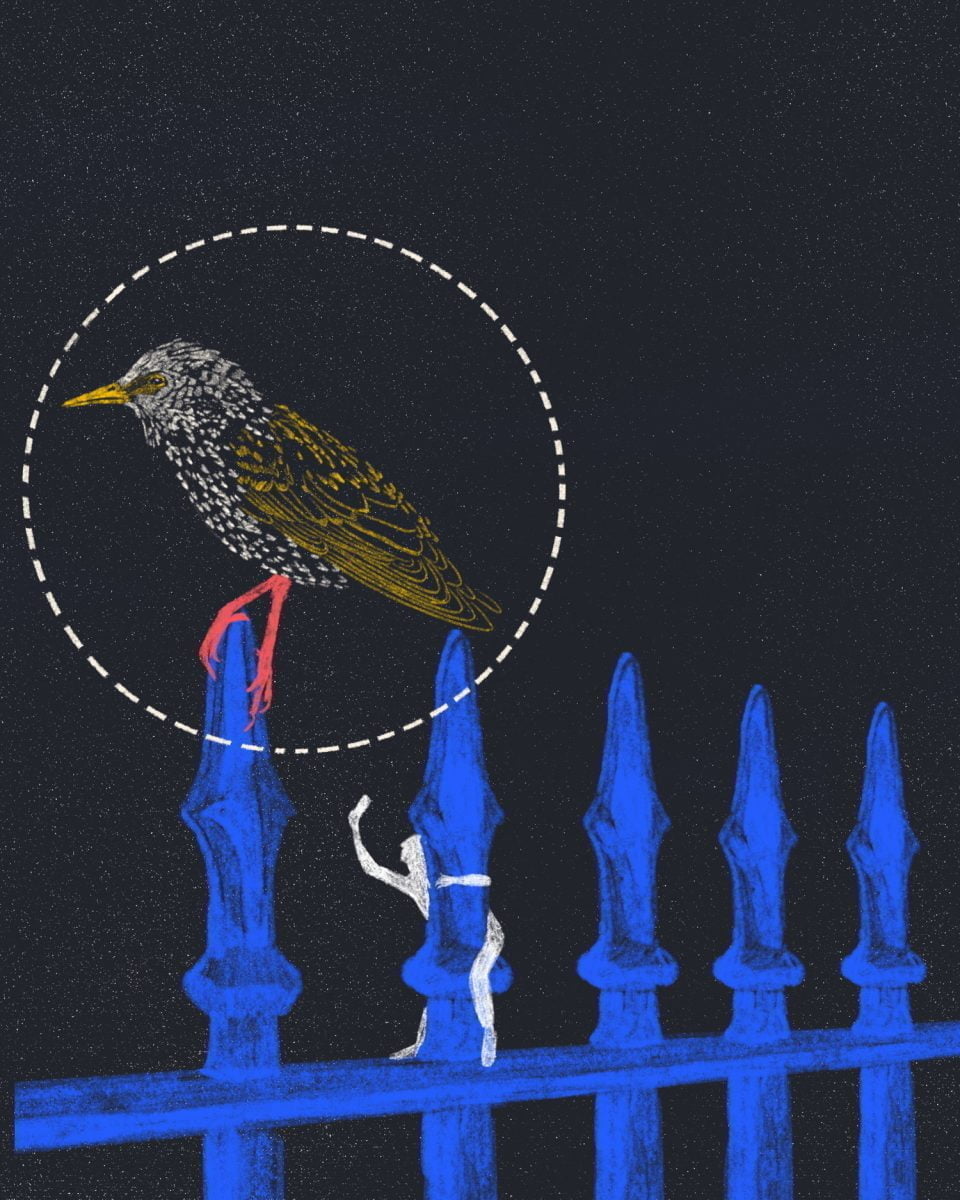
“It attracts retired people – maybe people who used to go out and record birds who, for whatever reason, can’t get out as often,” she explains. “One of the people was a security guard. We’ve recently had a bunch of ninth graders from Colorado get in touch, as they were doing a citizen science project. It’s just nice to know that it’s inspiring kids to get more interested in nature and wildlife.”
Stewart hopes that these historical records could inform the conservation efforts of the future. “If we knew that in the 1920s, for example, a species of bird used to live in a certain location and it’s no longer there, then we can maybe take some actions to get it back,” she says.
Scientists can’t do all this without you
Stewart is not alone in realising the potential of citizen science for unearthing new information about the natural world. To understand trends in climate, animals and plants, scientists often need vast amounts of data, and the further back in time this data goes, the more it can teach us about long-term patterns.
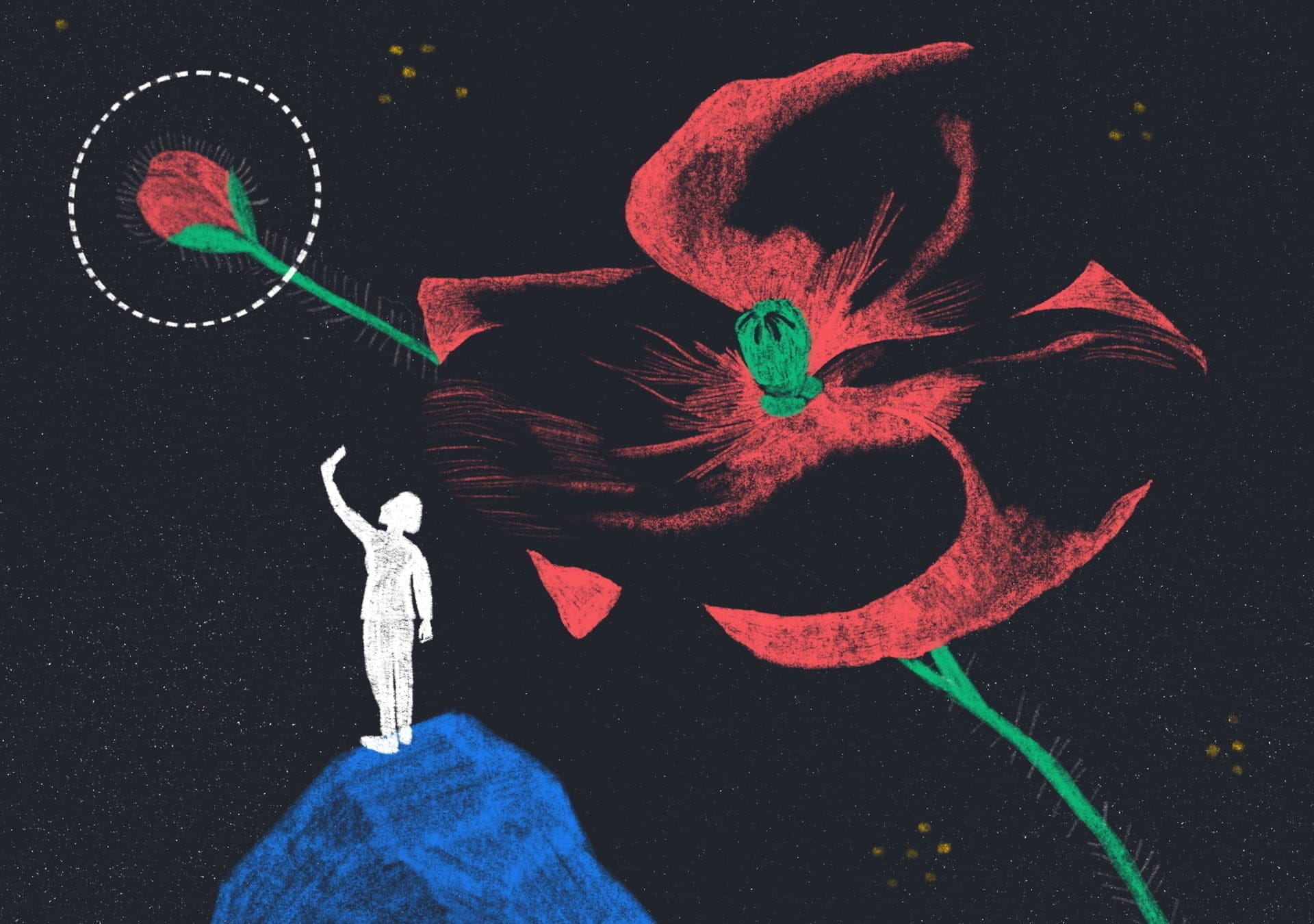
Luckily, humans have been recording observations about their surroundings for centuries, but much of this information is stored on paper in museum archives. Digitising it is an ideal task to farm out to ordinary citizens who want to get involved in scientific research in their spare time.
The citizen science platform Zooniverse hosts dozens of projects that are open to all. You can log on right now and browse photos of wildlife on the slopes of Mont Blanc, letting scientists know if it was a marmot or a mountain hare that triggered the motion-activated camera, and whether it was resting, eating or just standing around. You can compare fossilised leaves to modern ones, looking for clues about changes in climate. You can leaf through handwritten records of the tides from Victorian England, to help build a long-term picture of sea level rises. You can listen to recordings of frog calls and classify them by species, to help train systems that will eventually perform the same task using artificial intelligence.
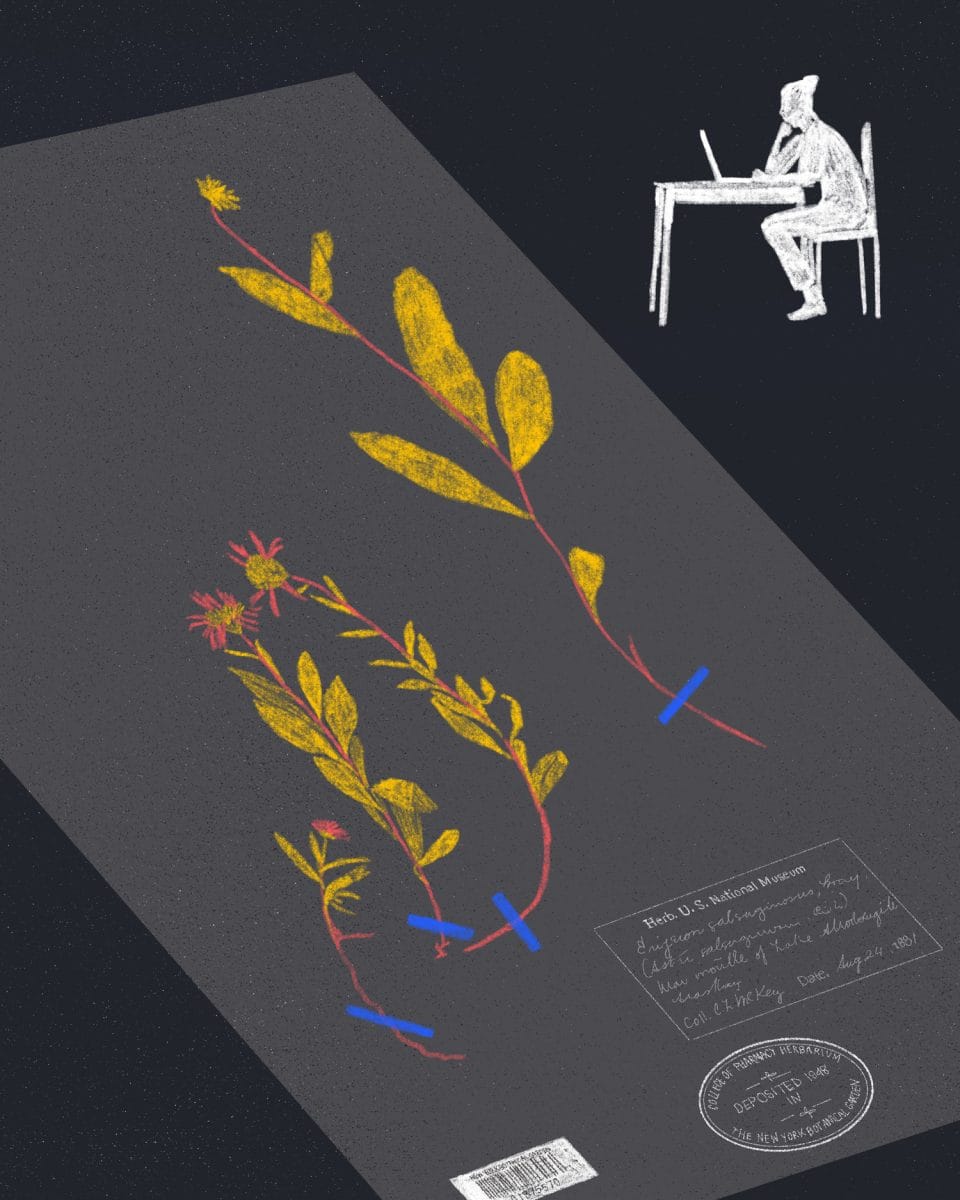
“We can begin to identify how plants are migrating because of the impacts of climate change”
Ian Dunn, Plantlife
Citizen science projects have already yielded significant results, showing that years of academic training is not always necessary to make scientific discoveries. A recent paper used global citizen science data to estimate that there are currently around 50 billion birds in the world. And while these endeavours may take place outside of a tightly controlled academic environment, the sheer number of people who can take part helps scientists to iron out any errors or biases. In Stewart’s project, for instance, each card is triple-checked before officially entering the record.
People power tracks plants as they adapt
Plantlife, a botanical charity in the UK, is using citizen science to do things its small scientific team could never do alone. Thousands of people all over the country gather data for the Great British Wildflower Hunt, the National Plant Monitoring Scheme and the Every Flower Counts campaign. And the projects are already starting to yield some fascinating results.
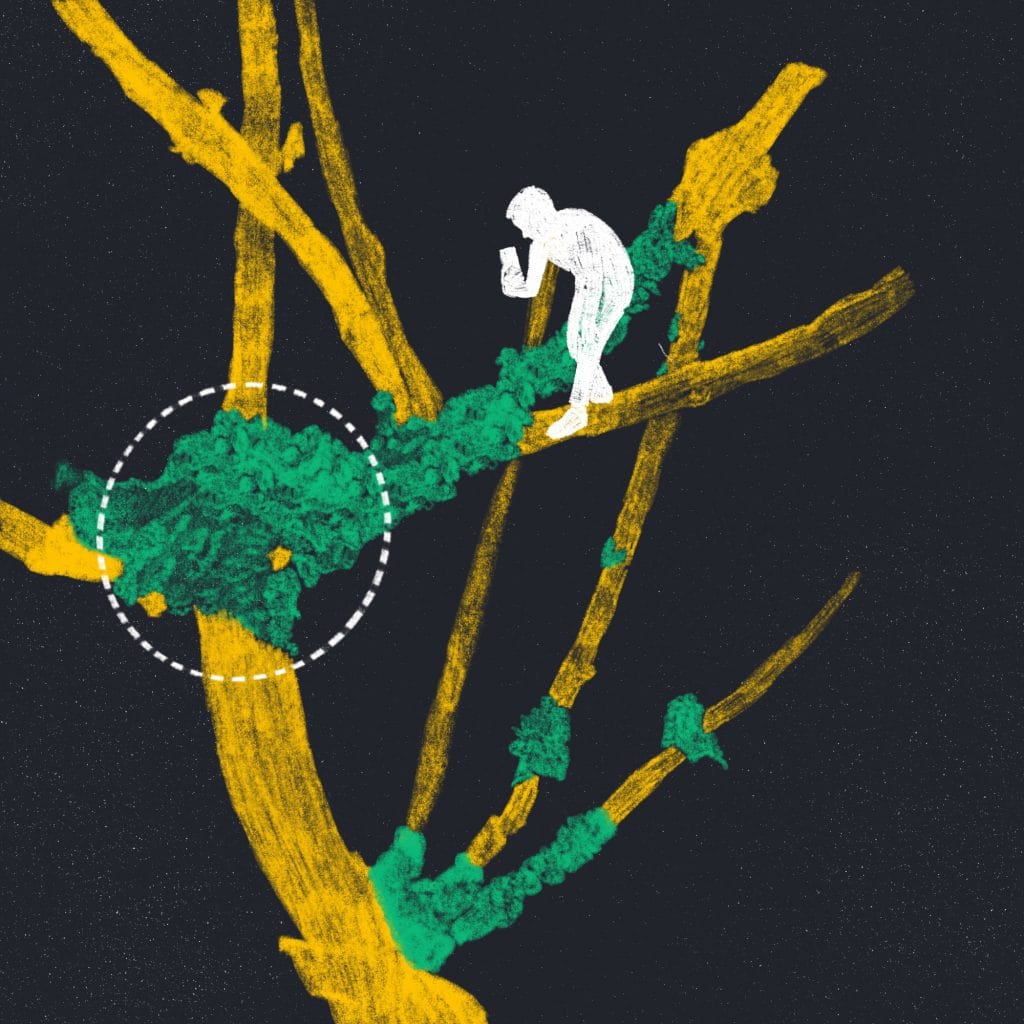
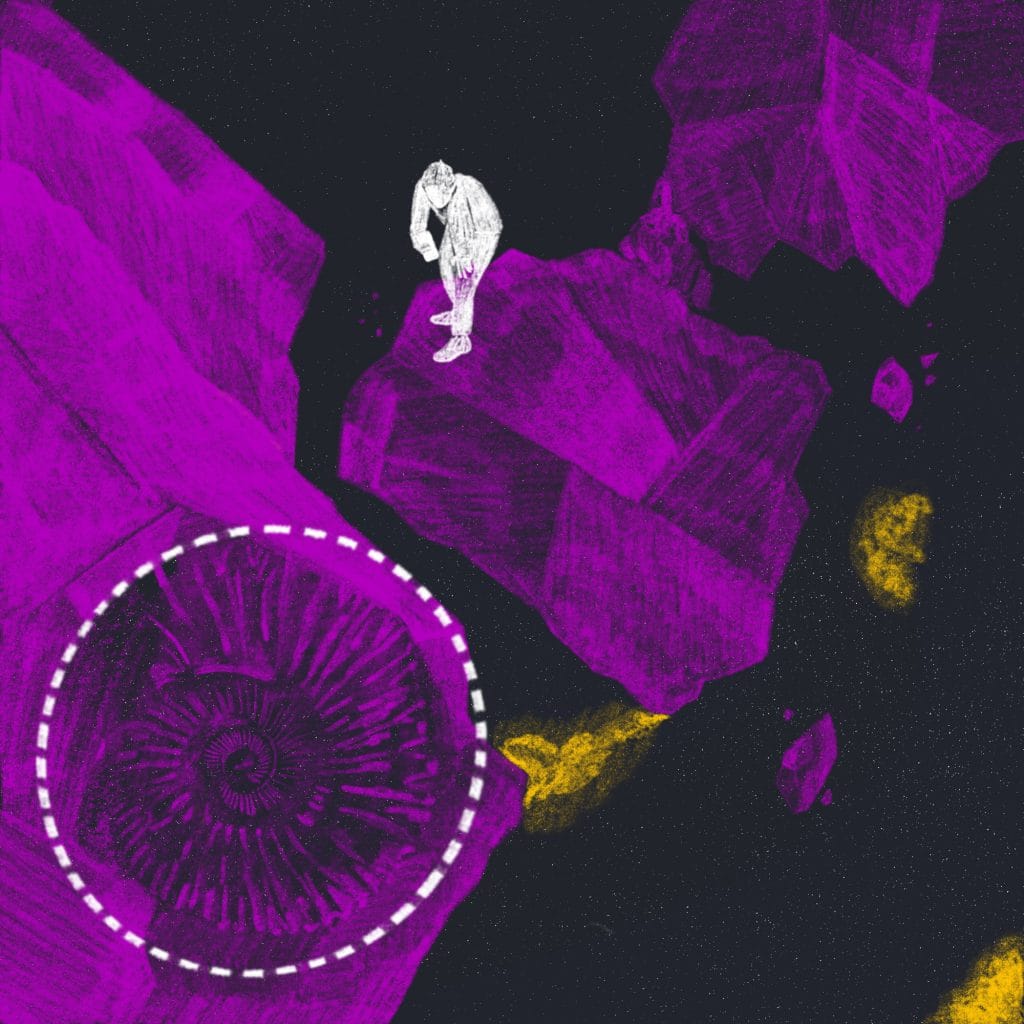
“We can begin to identify how plants are migrating because of the impacts of climate change,” says Ian Dunn, the head of Plantlife. “We are very clearly seeing plants moving northwards in their range or to higher altitudes – and that’s just from the last five years.”
The purpose of these initiatives extends beyond scientific discovery. Dunn hopes to strengthen botanical recording skills in the UK by encouraging people to observe their own lawns, and to highlight the wider role that these underappreciated patches of grassland can play in conservation as a whole, in particular when it comes to providing food and habitats for insects.
To this end, people who participate in the Every Flower Counts project are awarded a Personal Nectar Score. “It’s fairly low-tech, but it’s very much a way of making it really easy for individuals to get involved in scientific activity,” says Dunn.
Citizen science: a lockdown pastime
At the New York Botanical Garden, Charles Zimmerman is using the power of citizen science to digitise the vast herbarium – a collection of plant specimens that have been gathered and dried by the botanists of days gone by. Decoding these records, he says, involves some detective work.
So far, the bulk of the work has been carried out by a small group of dedicated volunteers, some of whom have gone on to teach future participants, but there is also a broad network of people who dip in and out of the project. In 2020, amid widespread lockdowns, there were about 800 citizen scientists, who together classified around 42,000 specimens – double the number of people who took part the previous year.
“It’s not simply looking at a page and writing down what you see; there’s often investigation that has to happen to understand what you’re looking at,” explains Zimmerman. “The participants that have worked with us for the longest time have really become experts in interpreting historic specimen labels, and often come to really impressive conclusions that our staff themselves don’t necessarily have time to figure out.”
“Over this past year, this community has been a real lifeline for a lot of people”
Charles Zimmerman, New York Botanical Garden
Thanks to the internet, you don’t need to get into the field or wade through mud to gather valuable scientific data (although you can if you want) and it’s just as easy to help out on a local project, as it is to support one on the other side of the world. Whether you’re a retiree in London or a schoolkid in Colorado, anyone can contribute to our knowledge of the natural world: all it takes is some spare time and a dose of curiosity.
“Over the course of this crazy year, where a lot of people were oftentimes looking for things to do that didn’t involve leaving their homes, people found that citizen science was a real asset to them,” says Zimmerman. “A lot of participants have told us that, over this past year, being in this community with us and each other has been a real lifeline.”
CITIZEN SCIENCE PROJECTS YOU CAN TAKE PART IN RIGHT NOW
- Zooniverse – Help scientists research everything from images of the Northern Lights to recordings of manatee calls and handwritten notes by early women scientists.
- The Great British Wildflower Hunt – Find and identify flowers to help create a picture of the UK’s plant biodiversity.
- Instant Wild – Classify photos of animals captured on camera traps in the wild all over the world.
Nature
Great ideas
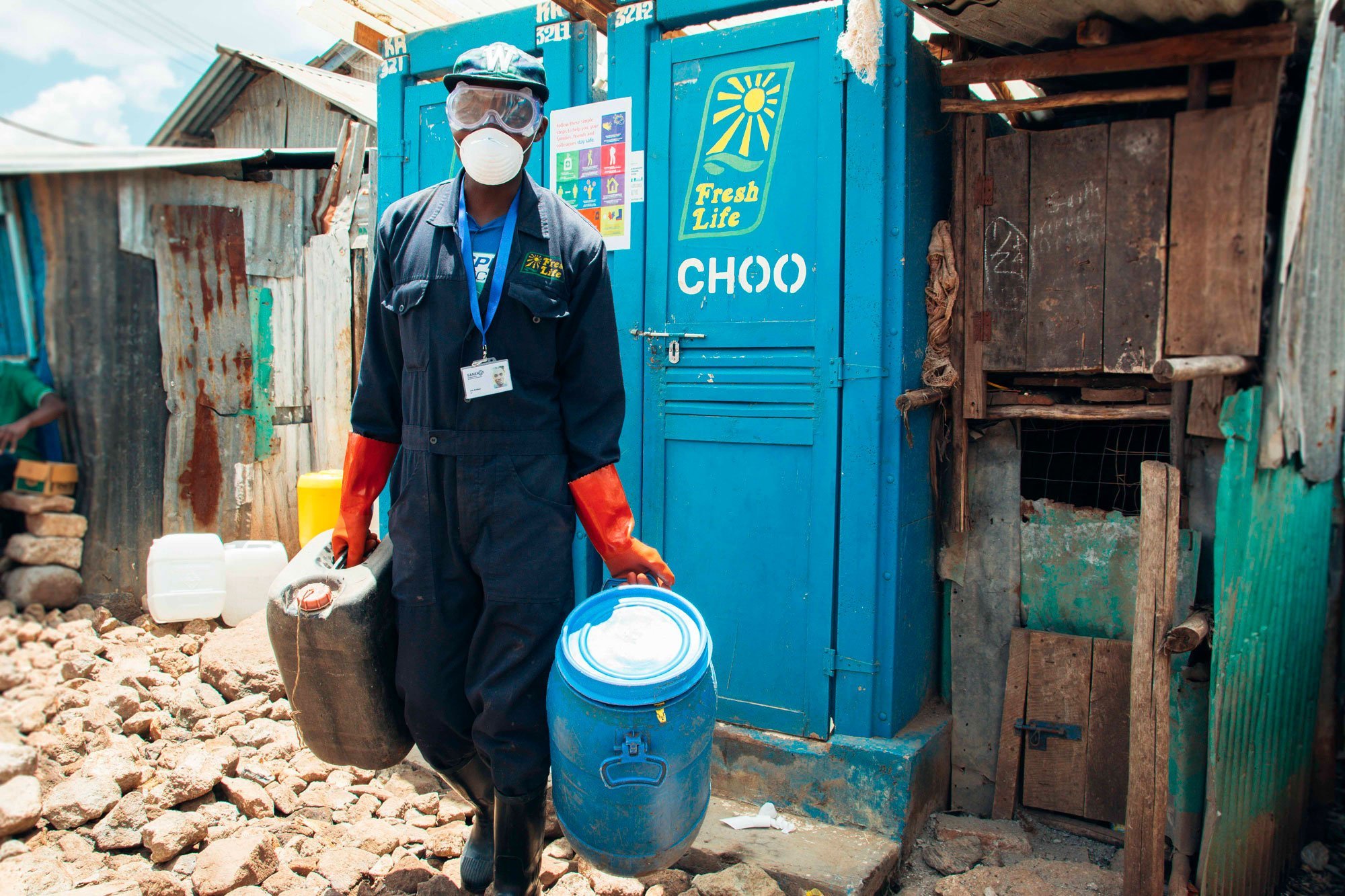
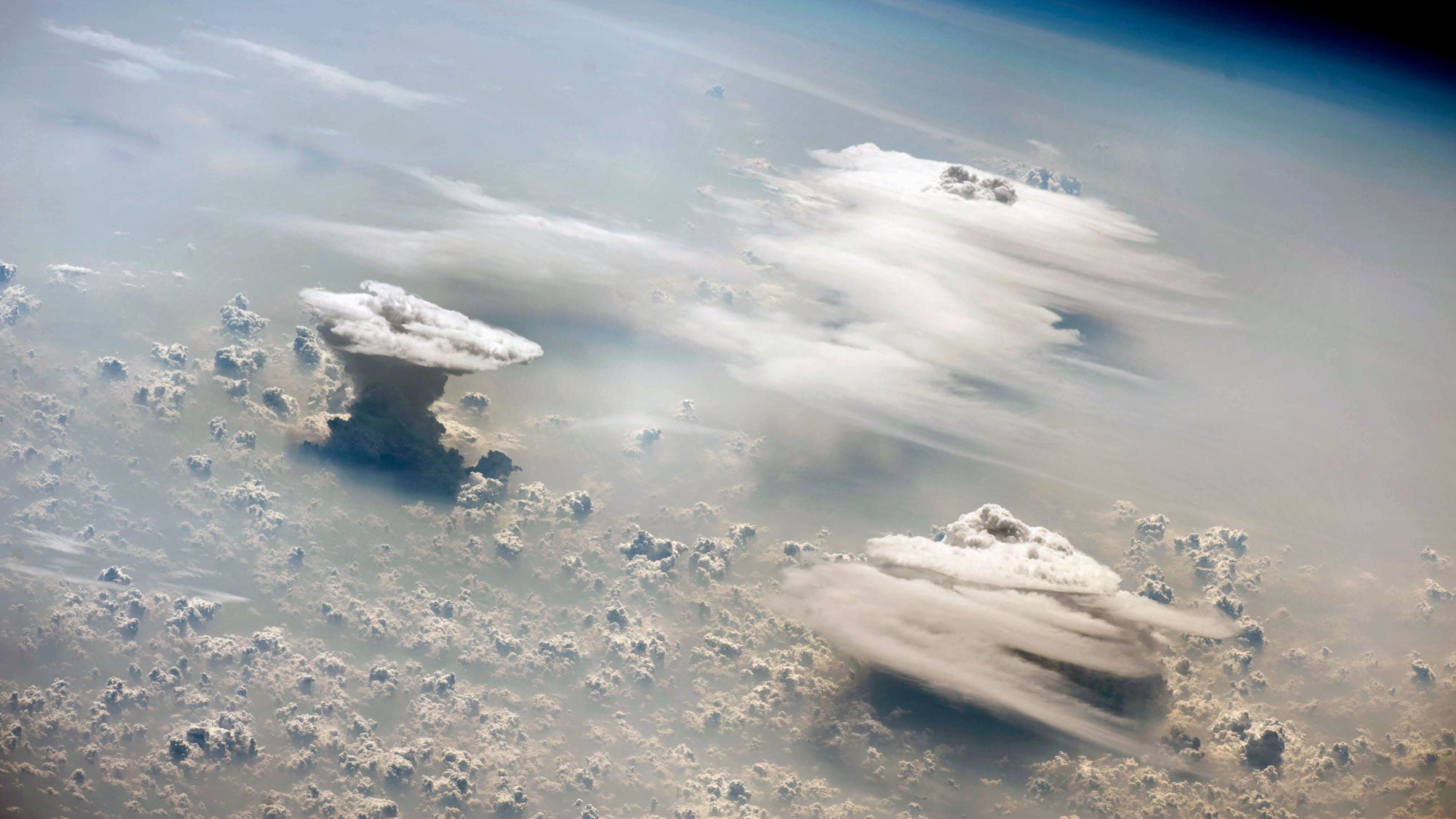
Into the Wild

It’s time to rewild
